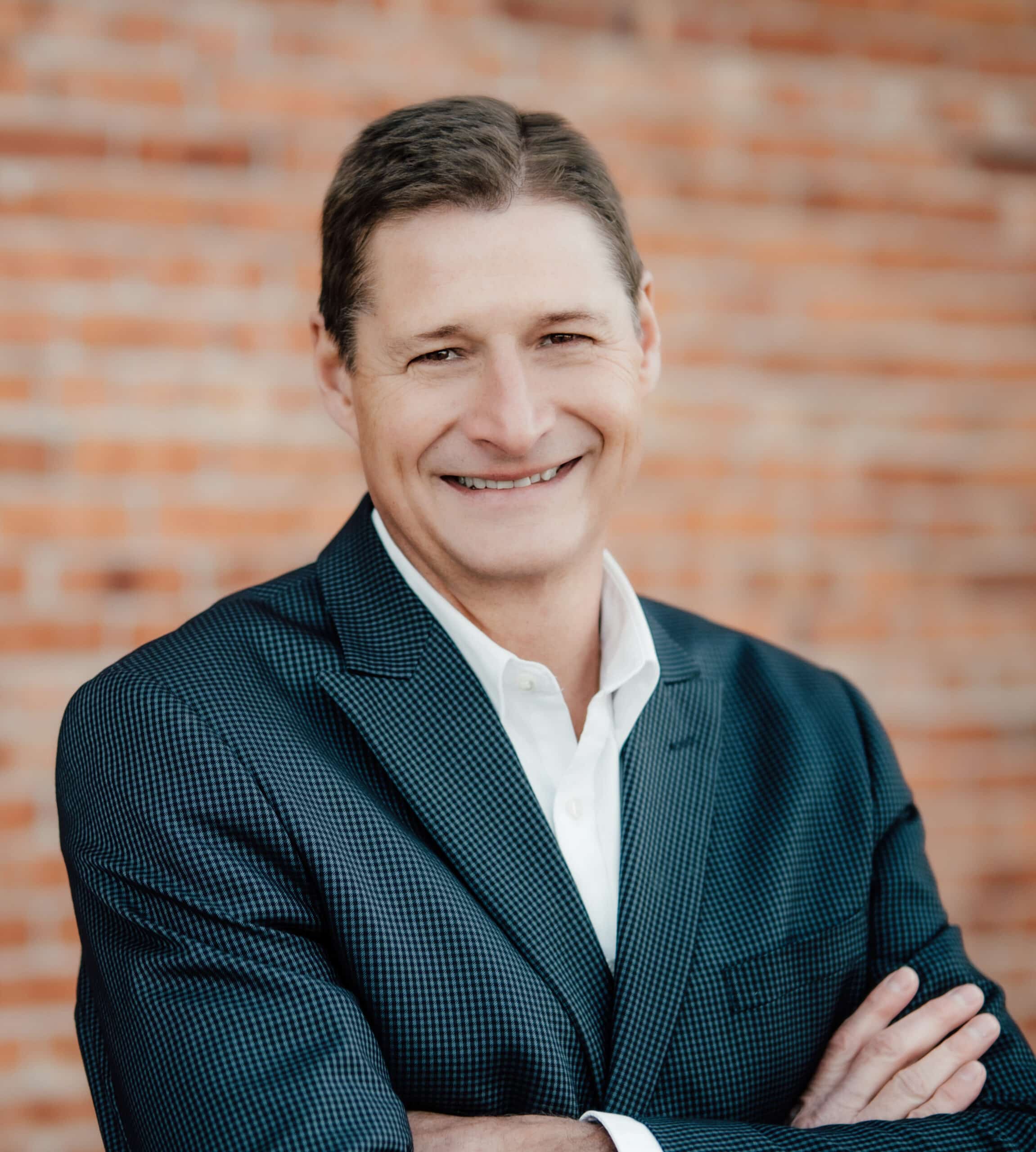
Courage vs. Psychological Safety: Which Comes First For High-Performing Teams?
Share viaOur clients come to us because they want better leadership, high-performing teams, and flourishing cultures. The most common complaint I hear goes something like this:
“Our CEO/President/team leader says they want us to speak up, bring new ideas, and have the courage to challenge the status quo. What they don’t understand or appreciate is that many people in our organization don’t feel safe doing that.”
Why the disconnect?
Courage First vs. Safety First
To understand the disconnect, let’s look at courage-first vs. safety-first mindsets.
A courage-first mindset welcomes initiative, disagreement, and candor; all of these take courage. They view courage as a character strength, and interpret it as a sign that people care enough to speak up. They role-model courage by speaking up first and freely sharing their ideas and opinions. They are always willing to “cuss and discuss.”
A safety-first mindset welcomes support, encouragement, and consensus. They view empathy as a character strength, and interpret it as a sign that people care enough to consider how others feel. They role-model psychological safety by affirming instead of disagreeing, letting others go first, and offering support behind the scenes.
Different views, different values, different behaviors. Both important. But which comes first?
The Danger of Projecting
It’s human nature to project. That means we assume that others see the world like we do and value the same things. The Golden Rule, treat others as you want to be treated, encourages us to project our views and needs onto others. The danger is that it works against being open-minded or open-hearted.
Courage-first people can’t fathom why someone wouldn’t speak up and assert their point of view.
Safety-first people can’t fathom how someone can be so unaware of the impact of their behaviors on others.
It’s Up To Them
Being unaware while projecting, each mindset assumes that the key to high-performing teams is what they do best. They think by role-modeling it, somehow others will pick up on it and start doing it. But the biggest problem of all, the root of the disconnect, is that each expects the other to go first.
We can’t take risks or put ourselves out there until we feel safe.
We can’t build real team cohesion until we can cuss and discuss with each other.
Both are excuses and both are false. If you wait for others to take the first step, how does that build safety or show courage?
Go First, Do The Opposite, More Than You Can Imagine
The solution is counter-intuitive. Courage-first people, stop being so courageous, and start fostering psychological safety. Safety-first people, stop role-modeling safety and start practicing courage. Not only should you practice the other mindset, but do it much more than you can imagine. We’ve discovered that leaders are naturally averse to trying the other mindset, and grossly underestimate how much it takes to make a difference.
So what does it take to close the gap?
Courage-First People
- Stop talking so much: Resist your urge to weigh in. Your silence will open up space for others to speak up without having to interrupt you.
- Ask about feelings: Ask safety-first people how they FEEL more often than what they think or believe. Ask “How do you feel about this?” at least three times more often than you ask, “What are your ideas?” or “What’s your opinion?” Want to keep track of your progress? Review the transcript or recording of your meeting. If this level of self-management seems too difficult, replace all of your usual questions with “I’d love to hear your perspective.”
- Affirm courage: When a safety-first person speaks up, realize that it takes five to ten times more courage than it does for you to do the same thing. Tell them, “Thank you for speaking up.” or “I know it’s not easy to speak up and I appreciate it.”
- Follow-up: Don’t stop after the first question. Ask follow-up questions for deeper understanding and to show that you care about their perspective.
- Be an ally: Defend and protect a space for a safety-first person who takes the risk to speak up. If someone else dismisses or interrupts them, use your influence to stop it. Stand up to other courage-first people and help them change their behavior.
- Find a safety-first accountability partner: Partner with someone who can show you what you can’t see and tell you how you are doing.
Safety-First People
- Put yourself in their shoes: Courage-first people respect assertiveness and pushback. When you speak up, you are doing them a favor.
- Test the waters: Show courage by sharing your anxiety and asking for support. “I have an idea to share but I’m anxious about how it will be received. Can I get your commitment to hear me out before offering feedback?”
- Get your story straight: Safety-first people often interpret disagreement and criticism as a sign that people don’t like them. That’s not accurate because it’s not how courage-first people think. They usually interpret healthy debate as a sign of respect.
- Don’t give up: Courage-first people admire perseverance. So don’t give up. Keep speaking up and keep asking to be heard. It will make a difference. Just like they must earn your trust by fostering safety, you must earn their respect by showing courage.
- Find a courage-first accountability partner: Find someone who will guide you, stick up for you, and hold you accountable for honoring your needs and contributions.
When It’s More Complicated
When systemic power differentials exist, especially if that power has been abused, the negative consequences of speaking up are real and can be brutal. There might be unwritten rules about what’s OK to disagree about, and what’s off-limits. There might be real examples of people who took a risk to speak up and suffered significant consequences. These conditions are real and painful and I don’t want to minimize them. They require significant systemic and structural changes to overcome.
Our observation from working with many leaders in organizations of different sizes and industries is that intentions are usually good. Leaders want stronger teams, better performance, and a healthy culture. But they aren’t aware of how their behavior impacts others, or what they can do to change things. This article is for all of those leaders.
For A Deeper Dive
If you want to use this article to initiate change in your team, here are some additional resources to guide your conversation.
- What does it take to build trust with different personality types?
- Embracing discomfort as part of change.
- Psychological safety is the number one predictor of high-performing teams.
Copyright Next Element Consulting, LLC 2024
Want Help Getting Started?
Book Your Next Keynote Speaker

Author and Co-founder of Next Element, Dr. Nate Regier is available to speak at your upcoming event.
Submit a Speaker RequestPodcast: Listen to Nate "On Compassion"
 Listen to the Podcast
Listen to the Podcast



1 Comments
This is such a helpful perspective (courage vs safety mindsets). Thank you for the practical tips we can apply!
Add comment
Add comment